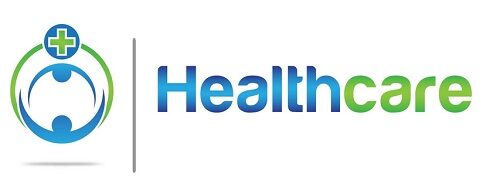It’s Sermorelin vs. Ipamorelin.
Peptides Sermorelin and Ipamorelin have numerous similarities. Although these two peptides are similar, their uses may be modified to meet particular requirements due to their differences. However, these peptides induce growth hormone release through distinct receptors. Ipamorelin and Sermorelin promote fat burning and muscle development, accelerate long bone growth, reduce inflammation, and accelerate wound repair because of their impact on growth hormone (GH) concentrations. However, the two peptides have somewhat distinct supplementary has implications due to their activities through different receptors.
Comparing Sermorelin vs. Ipamorelin: Receptor Studies
GHRH is an analog of Sermorelin, which binds to the GHRH receptor and increases growth hormone production (GHRH-R). On the other hand, ghrelin-analog Ipamorelin targets the growth hormone secretagogue receptor (GHS-R). As growth hormone-releasing peptides, these two peptides may lump together; nevertheless, their divergent affinity for receptors has divergent impacts on GH levels.
Sermorelin increases GH secretion and prolongs GH highs as a starting point. Increasing the peak and extending the duration of increased Gh levels is best described as a “pulsatile secretion” of Gh during the day. On the other hand, ipamorelin has shown the ability to increase GH concentrations 13 times. The effects of Ipamorelin on GH levels are solid but short-lived.
A Sermorelin and Growth Hormone Booster
GHRH-R, a primary receptor on the anterior pituitary gland, regulates Growth hormone secretion. Growth hormone is released when the pituitary gland is activated. Sermorelin’s ability to attach to the GHRH-R is efficacious at levels of 0.4×10-15M. GHRH agonist Sermorelin is roughly 50 times stronger than naturally occurring GHRH, making it a potent GHRH antagonist. For this reason, researchers previously referred to it as a “super-active” counterpart of growth hormone-releasing hormones.
It’s interesting to see that Sermorelin peptide for sale doesn’t create a massive spike in GH levels. However, it extends the time that GH is released. Sermorelin has shown potential to raise GH levels, although its principal role is to assist peak GH levels for extended periods. Sermorelin lifts GH concentrations by prolonging its secretion, but it also spreads and smooths out the peaks of GH discharge. Even yet, the regular pulsatile production of Gh, which is essential to minimize the risk of adverse effects, remains intact. However, Sermorelin’s most significant advantage is that it maintains the natural physiologic rhythm of GH release, reducing side effects, including edema, joint discomfort, and excessive long bone formation.
Growth Hormone and Ipamorelin Peaks
Additionally, Ipamorelin (with Ghrelin) has have shown the potential to affect insulin-like growth factor 1 (IGF-1) levels. Researchers have discovered that Ipamorelin, when administered subcutaneously, induces a quick rise in growth hormone levels resulting in a rapid fall. On the other hand, Ipamorelin does not have the same effect on GH secretion as Sermorelin. Ipamorelin is a substance that temporarily increases the body’s ability to produce its maximum amount of growth hormone. For example, ipamorelin may increase peak GH levels or raise trough levels, relying on when and how it is delivered. To some degree, the timing of ipamorelin delivery may alter the peptide’s actions.
In animal studies, plasma GH levels rose to around 65 ng/mL when experts administered Ipamorelin at its ED50 (50 percent of the maximal effective dosage). For a male, the growth hormone levels should be no more than 5 ng/mL, and for females, they should be no more than 10. Since GH levels may rise from 6.5 to 13 times the maximum level, Ipamorelin treatment elevates GH levels to 13 times the most significant level. Growth hormone concentrations in infants may vary from 0 to 20 ng/mL, depending on the infant’s age. The half-life of ipamorelin is just two hours. After around 40 minutes, it reaches its peak GH release and then drops exponentially.
Ipamorelin’s natural analog, Ghrelin, has a similar rapid-on, rapid-off feature. Keep in mind that Ghrelin and Ipamorelin may both increase the appetite, so keep that in mind while reading this paragraph. Neuropeptide Y releases as a result of binding to the GHS-R. Ipamorelin’s maximal impact occurs roughly 40 minutes after injection since it takes time to consume and digest meals (or release in the case of Ghrelin). This action increases the peptide’s ability to use nutrients to develop muscle, bone, and neural connections, among other things.
 What Types of Genetic Testing Are Available During Pregnancy?
What Types of Genetic Testing Are Available During Pregnancy?  Using Fitness Apps for Progress Tracking
Using Fitness Apps for Progress Tracking  Complete Guide to Scoliosis Treatment in UAE
Complete Guide to Scoliosis Treatment in UAE 
